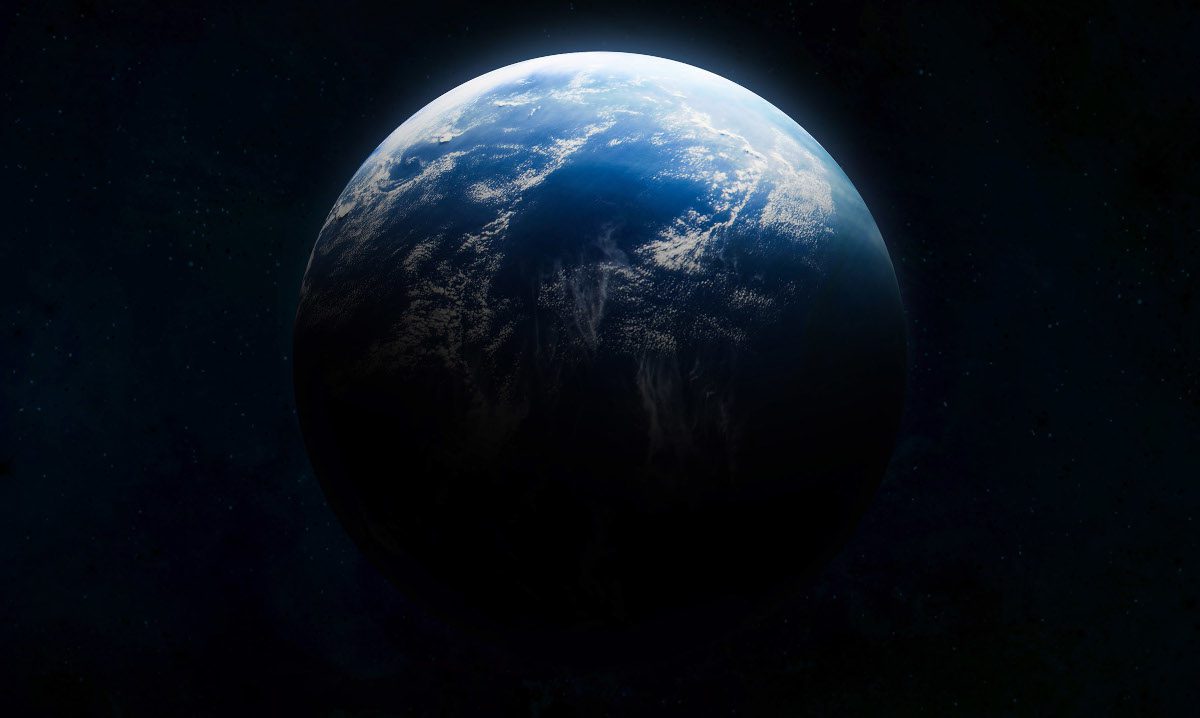Southeast Asian countries such as Indonesia, Malaysia and the Philippines top the global per capita list of dietary uptakes of microplastics, while China, Mongolia and the UK top the list of countries that breathe the most microplastics, according to a new study by Cornell University researchers mapping microplastic uptake across 109 countries.
The study, published in the journal Environmental Science & Technology, builds on existing data models estimating how much microplastic humans unwittingly eat and inhale as a result of untreated plastic debris degrading and dispersing into the environment. The Cornell study accounts for each country’s eating habits, food processing technologies, age demographics and breathing rates – all factors that contribute to differences in how residents of each country consume microplastics.
“The uptake of microplastics at the country level is a critical indicator of plastic pollution and public health risks,” said Fengqi You, professor in energy systems engineering, who co-authored the study with doctoral student Xiang Zhao.
The study assesses dietary uptake by compiling data on microplastic concentrations in subcategories of major food groups such as fruits, vegetables, proteins, grains, dairy, drinks, sugars, salt and spices. The models also use data detailing how much of those foods are consumed in different countries. For instance, table salt consumption, per capita, is about equal in Indonesia and the US, but the microplastic concentration in Indonesian table salt is around 100 times higher.
Overall, the study found that Indonesians eat about 15 grams of microplastics per month – more than any other country – with the majority of plastic particles coming from aquatic sources such as seafood. That is a 59-fold increase in daily microplastic consumption from 1990 to 2018, the date range used for the models. US dietary intake of microplastics is estimated to be about 2.4 grams per month, while the lowest is Paraguay at 0.85 grams.
Data on airborne microplastic concentration, age demographics and human respiration rates were used to calculate microplastics being inhaled. Residents of China and Mongolia topped the list, breathing in more than 2.8 million particles per month. U.S. residents inhale about 300,000 particles per month. Only residents in the Mediterranean and nearby regions breathed less.
“Industrialization in developing economies, particularly in East and South Asia, has led to increased consumption of plastic materials, waste generation and human microplastic uptake. Conversely, industrialized countries are experiencing a reverse trend, supported by greater economic resources to reduce and remove free plastic debris,” said You.
The study was published on the heels of an April 23-29 meeting of an international committee negotiating the U.N. Plastics Treaty, a legally binding agreement that would establish global rules around plastic production and disposal. The agreement is expected to be finalized later this year, with a focus on international collaboration to reduce microplastics in marine environments.
The study is based upon work supported by the National Science Foundation.

















